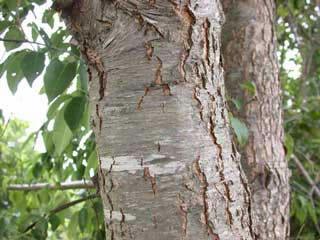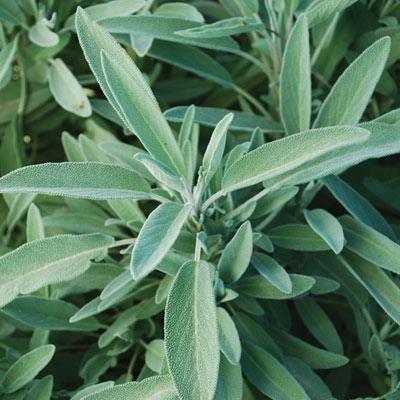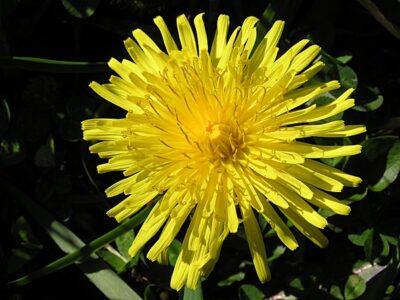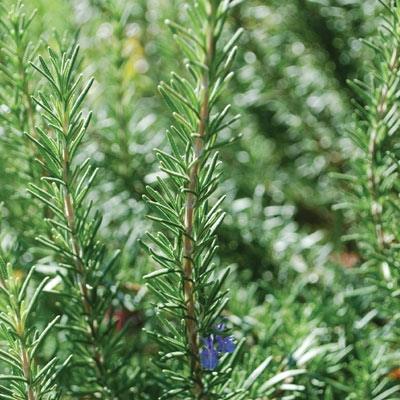|
Listen To The Article
|

Image source: Jamesayers.com
If someone told you that your backyard may contain plants that could boost your immune system, improve your eyesight, relieve your upset stomach and help you fall asleep, would you believe them? Most people take for granted the fact that their yard, neighborhood or favorite spot in the woods are full of vegetation with therapeutic value.
However, Native Americans were quick to realize the value in plants. They have been practicing herbal therapy for thousands of years. Some believe that native medicine may be as old as 40,000 years old, although there was no early written language and nothing was documented until the Europeans arrived at the end of the 15th century.
According to oral traditions, Native Americans watched sick animals and learned how to apply various herbs for certain conditions. It was they who shared their knowledge of medicinal herbs with new settlers. We should be grateful for the information and knowledge which they imparted.
Hundreds of herbs and plants were used in Native American remedies — many of which we value today for their potent healing properties. Below are just 5 such plants that deserve recognition for not only their beauty but also their functionality.
Sage (Salvia officinalis)
Native to countries around the Mediterranean Sea, sage is held sacred by a number of Native-American Indians mostly due to its purifying capabilities. It is thought to cleanse the body and mind of negative energy and improve function of the stomach, liver, colon, lungs and skin. From the Latin word “salvere,” Salvia officinalis means “to be saved.”
New “Survival Herb Bank” Gives You Access to God’s Amazing Medicine Chest
Sage is a member of the mint family, was recognized as Herb of the Year in 2011 by the International Herb Association, is an excellent source of vitamin K, contains volatile oils, flavonoids and rosmarinic acid, and is loaded with antioxidants and anti-inflammatory properties.
Although well-known for its culinary strengths, modern research indicates that sage has a very broad range of medicinal applications including regulating blood sugar and reducing blood pressure. This gray herb is about 2.5 inches long and produces flowers that are purple, white, blue or pint. It has a wonderfully fresh fragrance and is often used as an ingredient in personal care products. Sage is loaded with antioxidants and also contains anti-inflammatory properties.
Wild cherry bark (Prunus serotina)
Also known as Virginia prune bark, wild cherry bark was greatly used by the Flambeau Ojibwe tribe who prepared a tea for coughs and colds. The bark is gathered from young plants in early fall when it is active. The outer bark is stripped from the inner bark and placed in the shade to dry. After it is dry, the bark must be stored in an airtight container out of direct sunlight.

Wild cherry bark
Active ingredients in the bark include tannins, scopoletin, and cyanogenic glycosides which help to reduce inflammation and ease spasms. In addition to being an effective cough suppressant, wild cherry bark is also used in modern-day herbal therapy to treat bronchitis, fever, gout, sore throat, whopping cough and diarrhea.
Recent research indicates that wild cherry bark is useful also in the reduction of pain and to ease an upset digestive system. In addition, a 2006 study published in the journal Oncology demonstrated that wild cherry bark shows promise for protection from colorectal cancer.
Dandelion (araxacum officinale)
Although many think of dandelion as a pesky weed, the Pillager Ojibwas and Mohegans thought differently. These wise Indian tribes knew that a tea made from dandelion leaves was a potent medicinal all-over wellness tonic. They would boil dandelions in water to treat kidney, skin and stomach problems as well as heartburn and swelling.
Native Americans were not the only ones to respect dandelions for their therapeutic value. Traditional Chinese medicine used dandelion for inflammation, appendicitis, stomach problems and breast problems. Early Europeans used it for fever, eye problems, boils, diarrhea and diabetes.
Modern herbalists use dandelion leaves as a diuretic and to stimulate appetite and ease digestion. The pretty dandelion flower has antioxidant powers and can also help improve immune system functioning. The root is useful for detoxifying the liver and gallbladder.
If you plan on collecting your own dandelion, be careful of areas where pesticides have been used.
Rosemary (Rossmarinus officinalis)
Native American tribes, along with ancient Greeks and Romans, considered this woody perennial shrub sacred. A member of the mint family, rosemary is loaded with antioxidants and has anti-inflammatory properties.
Native Americans appreciated rosemary’s analgesic properties and used it to alleviate sore joints. A tea can also be prepared to improve oxygen to the brain and boost memory. This highly aromatic plant is used today in any number of organic products to help alleviate bone and muscle soreness, reduce anxiety and promote wellbeing. Research also indicates that rosemary may be an effective option to alleviate migraines and boost your mood.
Yarrow (Achillea millefolium)
Yarro was used by a number of Native American tribes to stop bleeding, heal wounds and infections. Studies done on animals support this herb’s ability to cleanse wounds and to control bleeding caused by puncture wounds, lacerations and abrasions.
This hardy perennial has fernlike leaves and very colorful blooms, making it a favorite for cutting and drying. However, its medicinal properties don’t go unnoticed, even today. Many modern herbalists favor yarrow tea for severe colds and often suggest an ounce of dried yarrow mixed with a pint of boiling water and a touch of honey. Yarrow compresses are often used to treat bleeding hemorrhoids
Many of these beneficial herbs are easy to grow in the home garden and make an attractive and practical addition to any landscape. Always seek consultation from a healthcare professional before self-treating any condition with herbs.
What plants do you use? Tell us in the comments section below.
Sign up for Off The Grid News’ weekly email and stay informed about the issues important to you
 Off The Grid News Better Ideas For Off The Grid Living
Off The Grid News Better Ideas For Off The Grid Living








